D-Mannitol
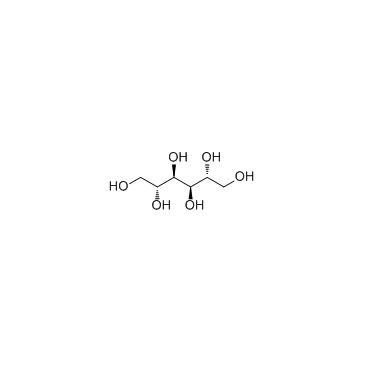
D-Mannitol structure
|
Common Name | D-Mannitol | ||
|---|---|---|---|---|
| CAS Number | 69-65-8 | Molecular Weight | 182.172 | |
| Density | 1.6±0.1 g/cm3 | Boiling Point | 494.9±0.0 °C at 760 mmHg | |
| Molecular Formula | C6H14O6 | Melting Point | 167-170ºC | |
| MSDS | Chinese USA | Flash Point | 292.5±23.3 °C | |
Use of D-MannitolD-Mannitol is an osmotic diuretic agent and a weak renal vasodilator.Target: OthersD(-)Mannitol is a sugar alcohol that can be used as an inert osmotic control substance. The uptake and phosphorylation of d-mannitol is catalyzed by the mannitol-specific phosphoenolpyruvate-dependent phosphotransferase systems (PTS). Mannitol can interact with neutrophils and monocytes. Experiments have shown that it is able to decrease neutrophil apoptosis in vitro. The compound has been used in studies as a stimulator of cecal microbial growth and cellulolytic activity in rabbits. It has been observed that mannitol can lower the fat digestibility and body fat accumulation in both normal and cecectomized rats, as well as upregulate monocyte HLA-DR, monocyte and neutrophil CD11b. Studies show that the mannitol operon is repressed by the transcription factor, mannitol operon repressor (MtlR) in Escherichia coli [1-3]. |
| Name | D-mannitol |
|---|---|
| Synonym | More Synonyms |
| Description | D-Mannitol is an osmotic diuretic agent and a weak renal vasodilator.Target: OthersD(-)Mannitol is a sugar alcohol that can be used as an inert osmotic control substance. The uptake and phosphorylation of d-mannitol is catalyzed by the mannitol-specific phosphoenolpyruvate-dependent phosphotransferase systems (PTS). Mannitol can interact with neutrophils and monocytes. Experiments have shown that it is able to decrease neutrophil apoptosis in vitro. The compound has been used in studies as a stimulator of cecal microbial growth and cellulolytic activity in rabbits. It has been observed that mannitol can lower the fat digestibility and body fat accumulation in both normal and cecectomized rats, as well as upregulate monocyte HLA-DR, monocyte and neutrophil CD11b. Studies show that the mannitol operon is repressed by the transcription factor, mannitol operon repressor (MtlR) in Escherichia coli [1-3]. |
|---|---|
| Related Catalog | |
| Target |
Human Endogenous Metabolite |
| References |
| Density | 1.6±0.1 g/cm3 |
|---|---|
| Boiling Point | 494.9±0.0 °C at 760 mmHg |
| Melting Point | 167-170ºC |
| Molecular Formula | C6H14O6 |
| Molecular Weight | 182.172 |
| Flash Point | 292.5±23.3 °C |
| Exact Mass | 182.079041 |
| PSA | 121.38000 |
| LogP | -4.67 |
| Vapour Pressure | 0.0±2.8 mmHg at 25°C |
| Index of Refraction | 1.597 |
| InChIKey | FBPFZTCFMRRESA-KVTDHHQDSA-N |
| SMILES | OCC(O)C(O)C(O)C(O)CO |
CHEMICAL IDENTIFICATION
HEALTH HAZARD DATAACUTE TOXICITY DATA
MUTATION DATA
|
| Precursor 9 | |
|---|---|
| DownStream 10 | |
| HS Code | 2905430000 |
|---|---|
| Summary | HS:2905430000 (2r,3r,4r,5r)-hexane-1,2,3,4,5,6-hexaol VAT:17.0% Tax rebate rate:9.0% Supervision conditions:AB MFN tariff:8.0% General tariff:30.0% |
|
Urinary metabolic fingerprinting of mice with diet-induced metabolic derangements by parallel dual secondary column-dual detection two-dimensional comprehensive gas chromatography.
J. Chromatogr. A. 1361 , 265-76, (2014) This study investigates the potential of a parallel dual secondary column-dual detection two-dimensional comprehensive GC platform (GC×2GC-MS/FID) for metabolic profiling and fingerprinting of mouse u... |
|
|
Evidence of oxidative stress and mitochondrial respiratory chain dysfunction in an in vitro model of sepsis-induced kidney injury.
Biochim. Biophys. Acta 1837(10) , 1790-800, (2014) To investigate the role of oxidative stress and/or mitochondrial impairment in the occurrence of acute kidney injury (AKI) during sepsis, we developed a sepsis-induced in vitro model using proximal tu... |
|
|
Rapid detection of sugar alcohol precursors and corresponding nitrate ester explosives using direct analysis in real time mass spectrometry.
Analyst 140(8) , 2785-96, (2015) This work highlights the rapid detection of nitrate ester explosives and their sugar alcohol precursors by direct analysis in real time mass spectrometry (DART-MS) using an off-axis geometry. Demonstr... |
| Mannit p |
| MFCD00064287 |
| Cytosine API |
| 4-aminopyrimidin-2-one |
| D-Mannitol |
| EINECS 200-711-8 |
| (2R,3R,4R,5R)-hexane-1,2,3,4,5,6-hexol |
| Mannitol |
| Cordycepate |
| (2R,3R,4R,5R)-Hexan-1,2,3,4,5,6-hexol |
| Cytosine (100 mg) |
| [3H]-Cytosine |
| Osmitrol |
| manicol |
| [3H]-D-(-)-Mannitol |
| D-Mannitol (JP15) |
| Cyt |
| [14C]-D-(-)-Mannitol |
| Mannitol (USP) |
| Maniton S |
| Mushroom sugar |
| (2R,3R,4R,5R)-1,2,3,4,5,6-Hexanehexol |
| Osmitrol (TN) |
| Cytosin |
| Cytosinimine |
 CAS#:57-50-1
CAS#:57-50-1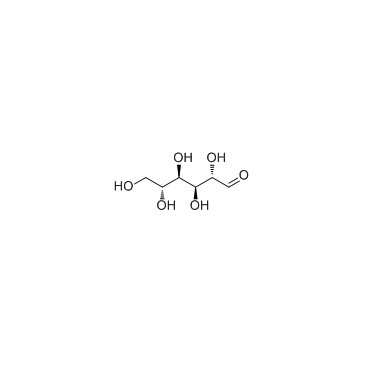 CAS#:3458-28-4
CAS#:3458-28-4 CAS#:9004-34-6
CAS#:9004-34-6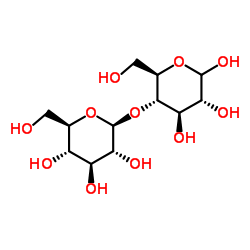 CAS#:133-99-3
CAS#:133-99-3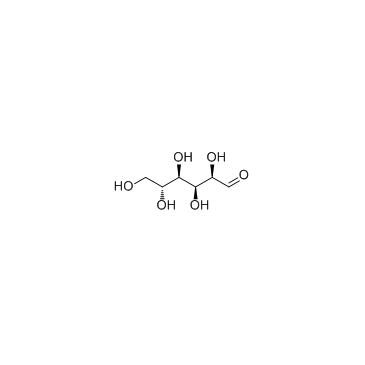 CAS#:50-99-7
CAS#:50-99-7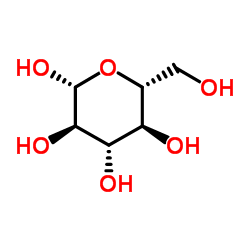 CAS#:492-61-5
CAS#:492-61-5 CAS#:57-48-7
CAS#:57-48-7 CAS#:470-23-5
CAS#:470-23-5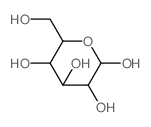 CAS#:2280-44-6
CAS#:2280-44-6 CAS#:10300-97-7
CAS#:10300-97-7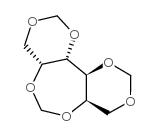 CAS#:5434-31-1
CAS#:5434-31-1 CAS#:10299-30-6
CAS#:10299-30-6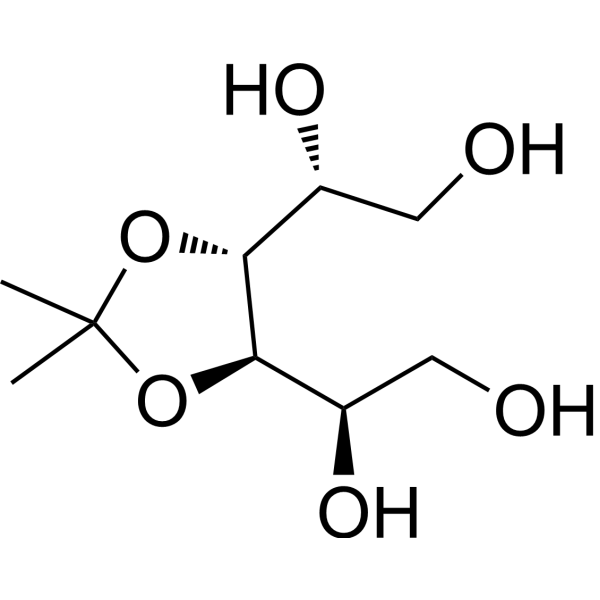 CAS#:3969-84-4
CAS#:3969-84-4 CAS#:56038-13-2
CAS#:56038-13-2 CAS#:492-93-3
CAS#:492-93-3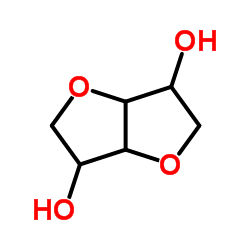 CAS#:641-74-7
CAS#:641-74-7 CAS#:7726-97-8
CAS#:7726-97-8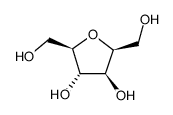 CAS#:27826-73-9
CAS#:27826-73-9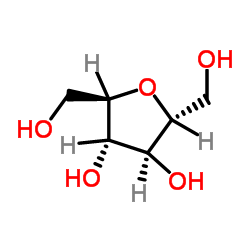 CAS#:41107-82-8
CAS#:41107-82-8
